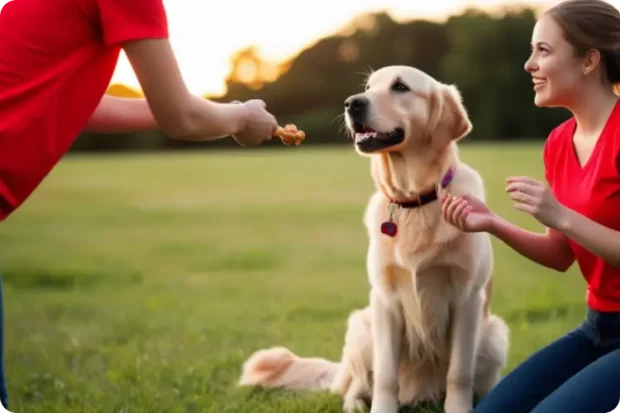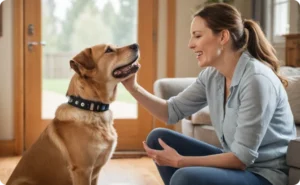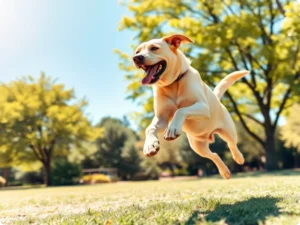Dog training offers a rewarding experience for both dog and owner. Dogs, known for their loyalty and intelligence, benefit significantly from the structure and guidance provided by dog training. Effective dog training not only cultivates a well-behaved companion but also strengthens the bond between human and canine. This article provides essential dog training tips for beginners seeking to teach their dogs basic commands and promote good behavior.
Understanding Your Dog’s Behavior
The Importance of Communication
Effective communication is the cornerstone of dog training. Understanding your pet’s body language and vocalizations is crucial. Dogs express themselves through various signals—like wagging their tails or barking. Recognizing these cues can help you respond appropriately and create a positive training environment.
Different Breeds, Different Needs
Every dog is unique, and training methods may vary based on breed and personality. Some breeds are more eager to please, while others may require more patience. Researching your dog’s breed can provide insight into their typical behavior and training style.
Basic Training Techniques
Start with Basic Commands
- Sit: This is often the first command that dog trainers teach. Use a treat to guide your dog into a sitting position. Praise them immediately when they comply.
- Stay: Once your dog has mastered sitting, the next step is to teach them to stay. Gradually increase the distance you move away from them while they remain in place.
- Come: Teaching your dog to come when called is vital for their safety. Use a happy tone and reward them with treats or praise when they return.
Positive Reinforcement
Using positive reinforcement is one of the most effective training methods. Rewarding your dog with treats, praise, or playtime encourages them to repeat desired behaviors. This approach builds trust and makes training enjoyable for your pet.
Consistency is Key
Consistency in commands and rewards is essential. Use the same words and gestures for commands, and ensure everyone in your household follows the same rules. This clarity helps your dog understand what is expected of them.
Advanced Training Techniques

Socialization
Introducing your dog to various environments, people, and other animals is critical for their development. Socialization helps prevent behavioral issues and ensures your pet becomes a well-rounded companion.
Obedience Classes
Consider enrolling your dog in an obedience class. These classes provide structured learning and allow your pet to interact with other dogs. Professional trainers can offer valuable insights and techniques that you might not have considered.
Crate Training
Crate training introduces your dog to a secure and cozy space they can call their own. By using positive reinforcement, like treats and praise, you can help your dog feel comfortable and confident in their crate. This foundational method supports house training and encourages good behavior when unsupervised.
Common Challenges and Solutions
Distractions
Dogs can easily become distracted by their surroundings. Start training in a quiet space and gradually introduce distractions. If your dog loses focus, gently redirect their attention back to you.
Fear and Anxiety
Some dogs may exhibit fear or anxiety during training. Be patient and use gentle encouragement to build their confidence. If necessary, consult a professional trainer or behaviorist for additional support.
Conclusion
Training your dog can be a rewarding journey filled with learning and strengthening bonds. By using effective techniques and understanding your pet’s unique needs, which you can even begin addressing while they are still a puppy, you can shape a well-behaved companion. Remember, the goal is to have a happy and healthy dog who understands their role in the family. With patience and persistence, you will lay the foundation for a strong relationship with your four-legged friend.









